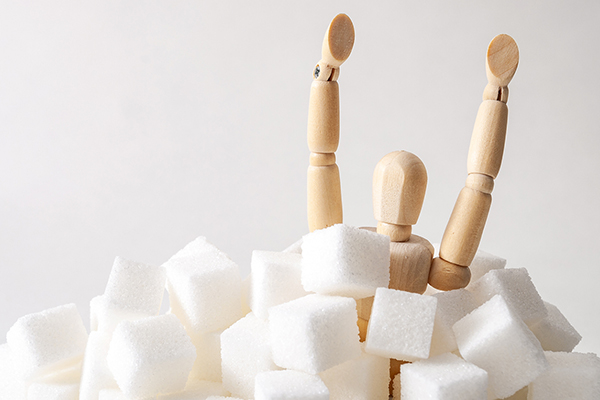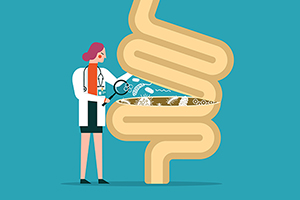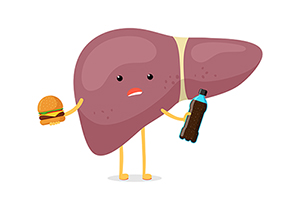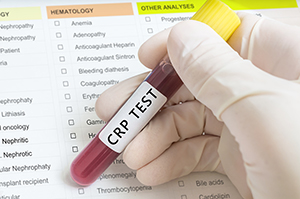



| By Dr. Ronald Hoffman

In 1425, Henry, a Portuguese duke, ordered the planting of a new crop on one of his territories. It was a crop that would change the world: sugar cane. The location was the formerly uninhabited Atlantic island of Madeira off the coast of North Africa.
In prehistoric times, the only source of sugar in the Paleolithic diet was honey—usually obtained at great peril of bee stings. Fruit provided the only sugar that humans consumed.
Domesticated sugar originated in the South Seas, probably Papua New Guinea, reaching India around AD 350. One of Alexander the Great’s generals reported on “a reed in India that brings forth honey without the help of bees, from which an intoxicating drink is made, though the plant bears no fruit.” Small amounts reached the Mediterranean world where it was lauded as a medicine in the Middle Ages, addressing a variety of ailments—for which there exists no substantiation of its purported benefits (notwithstanding the popular Mary Poppins song).
Under the Arab caliphate that dominated the Middle East after Muhammed it was dubbed “Al-Sukar”. Originally worked by slaves in Iraq, it was later transplanted by Arabs to Sicily and then to Moorish Andalusia—Spain. But when the Ottomans conquered Constantinople in the 1400s, its importation from the East was curtailed.
Henry brought sugar saplings from Sicily and planted them on sunny Madeira. Originally Italian and Portuguese workers were used, but they were soon joined by slaves, probably Berbers from Morocco.
Later, Henry’s daughter married a young Genoese sailor—Columbus—who ranged through the Caribbean, slaughtering the indigenous inhabitants, or alternatively enslaving them. The conquerors brought smallpox, which decimated the islanders; in turn, it is believed that the Amerindians transmitted a new disease—syphilis—to their European oppressors.
The ensuing Age of Discovery created an extraordinary convergence: demand for sugar surged, amid new inroads by Europeans in America and the African continents. In 1530, Portugal exported a novel crop to their burgeoning colony in Brazil: sugar cane. At first, indigenous natives were put to work in the cane fields. Then a new pattern emerged.
Historian Simon Sebag Montefiore writes:
“Sugar changed the world. It was not just a product, it was a destroyer and maker of worlds on both sides of the Atlantic. The trade now expanded into a vast diabolic enterprise. Portuguese planters migrated to Brazil, where they were enriched by the sugar and slave industries. By 1600, this involved 30,000 Portuguese with 15,000 African slaves; by 1620, there were 50,000 Portuguese ruling the same number of African and Amerindian slaves. After that, African slaves started to outnumber Amerindians and the trade became frenzied: by 1650, a total of 250,000 had been brought to Brazil and in many areas 75 per cent of the populations were African slaves.”
Other European colonizers soon got into the lucrative trade—England, Spain, Netherlands, and France.
Sugar plantations in Barbados were initially worked by indentured Irish exported labor, but soon replaced by African slaves, who were more resistant to disease and the torrid climate. The depredations were terrible:
“Sugar plantations were labour-intensive, the work brutally hard, the loss of life demanding ever more slaves. It was often easier to work slaves to death and import more than to let them have families. Known like cattle as ‘self-moving goods’, enslaved Africans started work at eight years old. After eight hours in the fields, they toiled in the mills. Average life expectancy was twenty-five. One plantation manager recorded that 6 per cent of his slaves needed to be replaced annually.”
Appalled by the 18th Century slave trade, Voltaire wrote in his novel Candide: “At what price do we eat sugar?”
Moreover, devastating wars were fought among European colonizers for control of the profitable sugar trade.
The invention and commercialization of rum accelerated the cruel commerce. While fermentation of sugar cane was known to pre-date the colonization of the New World, it is thought that slaves learned that molasses, a byproduct of sugar refining, could be fermented into alcohol and distilled.
Rum became the preferred drink of American colonists; it’s estimated that consumption reached 3.7 gallons per year per person by the time of the American Revolution.
Rum became a medium of exchange for African slave catchers, a means of paying wages, and an essential ration for sailors. This further fueled a triangular maritime trade of slaves, sugar and rum.
It was later in 1747 that a German chemist, Andreas Marggraf, discovered that beet roots could yield sugar. His apprentice, Franz Karl Achard, began selectively breeding sugar beets in 1784. This came in handy when the English blockade cut off Caribbean sugar to Napoleon and his allies; sugar beet cultivation became popular throughout Central Europe and Russia.
Today, 4.5 million tons of sugar are produced in the U.S. from sugar beets, far exceeding the yield from sugar cane.
But even more insidious was the introduction of cheap high-fructose corn syrup (HFCS) in the 1960s. This led to a surge in Americans’ sugar consumption:
“Total sugar consumption increased from 1970 to 1999, peaking in 1999 at 111.0 grams per day . . . Refined sugar levels declined drastically from 59.8 g/day (1970) to 35.3 g/day (1986) and stayed steady, HFCS drastically increased from 1.0 g/day (1970) to about 37.5 g/day (1999). . .The increase in total sugar consumption and, in particular, HFCS, roughly paralleled the increase in obesity in the United States, with some studies suggesting that it was causal . . . on average, the US population still consumes more than 300% of the daily recommended amount of added sugar.”
For perspective, the World War II Generation was limited to just 6 teaspoons of sugar per day due to wartime rationing; today, the average American consumes 22 teaspoons daily.
That’s 156 pounds of added sugar per year.
Despite the eradication of sugar-spawned slavery, sugar still exacts a terrible health toll, oppressing in its grip billions more worldwide.
While we’ve come to stigmatize fat and cholesterol as instigators of cardiovascular disease (CVD), a just-released study (“Associations between types and sources of dietary carbohydrates and cardiovascular disease risk”) reveals that refined carbohydrates, and specifically added sugar, are likely big contributors:
“In summary, we found that associations between carbohydrate intakes and CVD may depend on the type and source of carbohydrate consumed, particularly for sugars. Free sugar intake was associated with higher risks of total CVD and CVD subtypes, particularly total stroke, which supports the global dietary recommendation to consume less than 5% of total energy from free sugars.”
A 2021 study demonstrated that sugar intake was a driver of the unprecedented rise in childhood and adolescent metabolic disorders and obesity:
“The major finding of this study was that a high percentage of children and adolescents (20.6%) consumed added sugars above the recommended threshold of 10%, placing them at increased risk for overweight and obesity.”
Even when it comes to cancer, neurodegenerative disorders, GI maladies, inflammatory and autoimmune conditions, excess refined sugar intake comes up as a prime culprit.
In an ironic twist, the suffering imposed on multitudes of slaves during the sugar trade is now revisited on wide swaths of the world’s population. Diabetes drugs and novel weight loss medications are garnering billions of dollars in sales. Meanwhile, the food industry, patient advocacy organizations, the media, organized medicine and government policy makers dither as the populace sickens from sugar’s harmful effects.
Sugar has, indeed, changed the course of history.
Though we think of declining estrogen as the hallmark of menopause, it's actually common for…

Up to 12 percent of Americans have ulcers at some point in life. Peptic ulcers…
Gallbladder disease is a modern illness. An estimated 20 million Americans have gallbladder disease. The…

There’s more to GI health than whether or not to take an acid-blocker. All too…

In the latest attempt to remove “stigma” from medical terminology, liver specialists have come up…

Q: My husband’s high sensitivity C-reactive protein (hs-CRP) is 1.62 and his homocysteine is 13.1. If…

Banish the Bloat: Leyla Weighs In with Tips and Insights

Our virtual voicemail is open 24/7, so there's no need to wait to submit your questions for Dr. Hoffman. Leave a message, and you may hear your question featured on the Intelligent Medicine radio program!